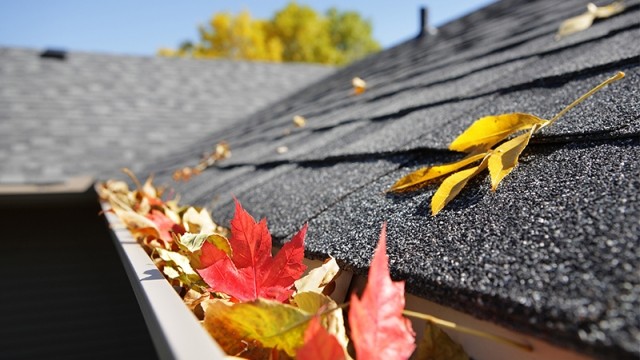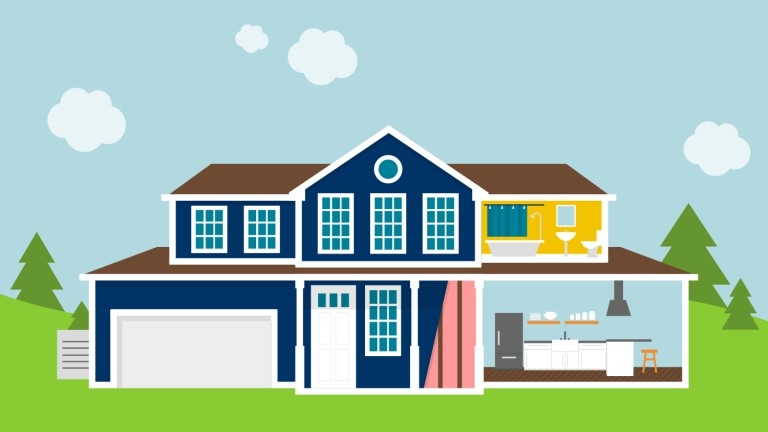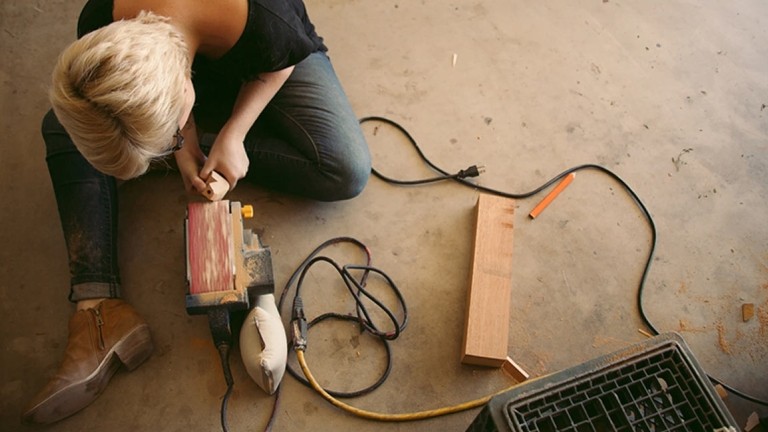How to winterize your home
High winds, pelting rains, falling shingles — winters in the Pacific Northwest can be tough on your home. You never know when the next big storm might hit, leaving destruction in its wake. A roof failure during heavy rainfall can leave you vulnerable to water damage. A sudden cold snap can cause old pipes to burst. Gusts of wind can tear poorly fastened gutters and shutters off your home. And a poorly insulated home can leave you shivering under the blankets or spending a fortune on heating costs.
Before winter arrives, it’s a good idea to make any necessary repairs to your home now so it’s fortified against the coming cold and storms. Weatherizing your home can save you money in the long run.
Here are some of the top money-saving or value-adding ways to weatherize your home:
Repair or replace roof
Your roof is your first and most important line of defense against the elements. During a snowstorm, it might have to endure an extra five pounds of weight per square foot. Meanwhile, a mere half-inch of rainfall can dump 300 gallons of rainwater on your roof. If it fails at a critical moment, imagine what all that water could do to the inside of your home.
Ward off disaster by inspecting your roof for leaks, damage or signs that it’s time for a replacement, and by performing any necessary repairs as soon as possible. Signs of a potentially leaky roof include:
- Cracked flashing.
- Broken shingles.
- Wet spots along the seams of your roof.
- Cracked vent booting.
- Condensation in the attic.
Add insulation
Tired of cold feet, bundling up in blankets and shivering when you get out of bed in the morning? Adding insulation boosts your home’s energy efficiency, making it easier to maintain a comfortable temperature. For an average cost of $1,300, adding attic insulation can slash your energy bills by as much as $600 a year.
Not only will insulation pay for itself within three years, but with a 108 percent return on investment — more than any other home improvement project — it also adds more than its cost to the value of your home.
Update or replace leaky windows
Your home loses up to 30 percent of its heat through the windows. Replacing old, leaky ones with energy-efficient versions can save you up to $465 a year in energy costs — not to mention extra wear and tear on your HVAC system. While window replacements are costly, running upwards of $16,000, they also add more than 92 percent of their value back into your home.
If that’s more than you want to take on, you can weatherize existing windows by adding storm windows, which can reduce heating costs by up to 30 percent. Alternatively, the low-budget fix would be to use thermal curtains or other energy-efficient window treatments.
Clean and repair gutters
A few leaves and twigs in your gutters may not seem like a big deal — but gutters are the unsung heroes of your home. When working properly, they carry rainwater safely away from your roof and channel it away from your foundation. Clogged gutters can cause all sorts of costly damage to your home, including:
- Basement leaks.
- Foundation cracks.
- Rotten wood.
- Cracked driveways and walks.
Most of these problems are easily preventable as long as you clean and inspect your gutters to make sure they’re working properly before winter arrives. You can also avoid future issues by installing gutter guards, which can keep up to 80 percent of debris out of your gutters.
Tap into your home equity
If your home needs major repairs before winter but you’re not sure how to pay for it, a home equity line of credit (HELOC) can help. A HELOC allows you to borrow against your home equity via a revolving line of credit, giving you the financial flexibility to complete repairs or make improvements as needed while reinvesting your equity to add value and security to your home.
Thanks to a competitive housing market, many U.S. homeowners have seen their property values go up in recent years. In fact, as of 2023, home prices have consistently risen for 11 consecutive years. So if you’ve bought a house in the past decade, you’ve likely gained equity not only by making your mortgage payment regularly, but also through the value of your property naturally increasing with the market.
With a HELOC, you can tap into that equity to make your home more weatherproof this winter. The smartest projects to spend your equity on are those that pay for themselves by:
- Preventing weather-related damage to your home.
- Adding long-term value to your property.
- Lowering the cost of your monthly bills.
If you use it wisely, a HELOC can help you fortify your home against severe weather while also saving you money and adding value to your property. Contact OCCU to find out whether a HELOC is the right solution for you.


